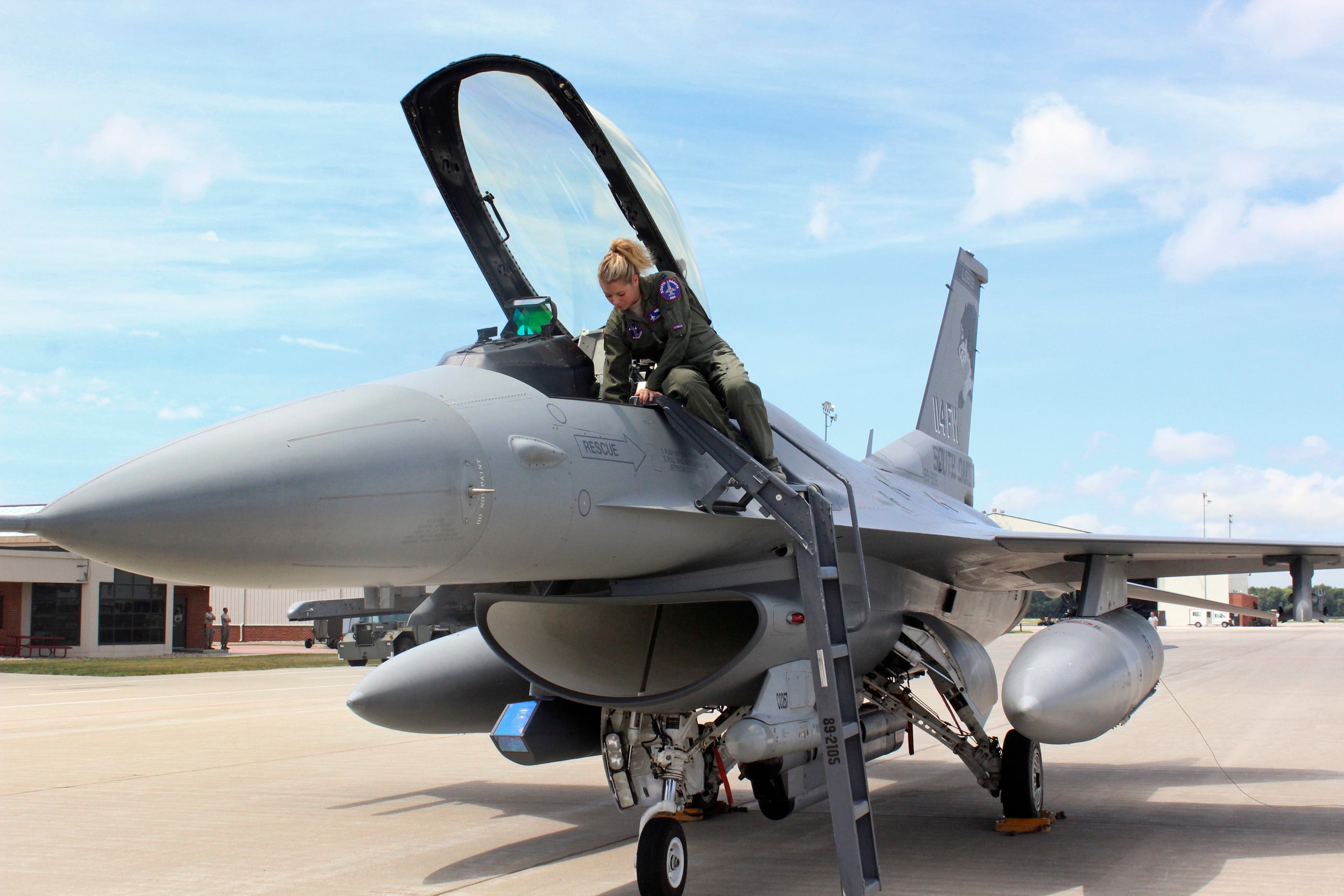Since March, the Air Force has given 171 pilots permission to stay in uniform past the date when they were originally scheduled to retire or separate.
But Air Force spokeswoman Lt. Col. Malinda Singleton said in an email that it’s still too early to tell how the coronavirus, and the accompanying collapse in the commercial travel industry, will affect the service’s persistent pilot shortfall. Stars and Stripes first reported how many pilots had asked to stay longer in recent months.
The Air Force has struggled for years to fill a shortfall of roughly 2,100 pilots — about 10 percent of its overall pilot force — despite a series of efforts including offering expanded bonuses, increased training and increased assignment flexibility. A major factor challenging the Air Force is competition from commercial airlines, which are trying to replace a retiring generation of Vietnam-era pilots and can offer much greater salaries than the military can.
But that gap — which former Air Force Secretary Heather Wilson in 2017 warned could “break the force” — has remain virtually unchanged over the years.
RELATED

In a May 19 interview, Chief of Staff Gen. Dave Goldfein said that it was too soon to tell how what the coronavirus crisis might mean. While some pilots who were slated to retire have asked to stay longer, Goldfein said, the Air Force had not seen a significant climb in the percentage of pilots accepting retention bonuses.
“At the end of the day, the pilot shortage will be fixed when we get our production numbers up to a sustainable rate of about 1,480 to 1,500 pilots per year,” Goldfein said.
However, COVID-19 has affected pilot production over the last few months, Goldfein said. And while Goldfein said the slightly increased retention is good and lets the Air Force hold on to valuable experience, he doubted it would be enough to completely balance out the hit pilot production has taken.
The Air Force said in February, before the full force of the coronavirus lockdown hit, that it would not hit its goal of training 1,480 new pilots in fiscal 2020. Instead, the Air Force said then, it expected to train 1,300 pilots, which would only be a slight increase over last year.
Goldfein also said the Air Force has reached out to recently retired pilots to see if they want to come back.
Singleton said that the CARES Act’s prohibition on layoffs and furloughs in the airline industry until Oct. 1 is making it hard to tell what the effect might be. After that date, Singleton said, the Air Force might see furloughed airline pilots ask to return to active duty.
And the Air Force is providing options for rated officers, who had been planning to leave the service, to stay on active duty longer, such as by requesting to withdraw their retirement or separation paperwork, Singleton said.
Stephen Losey is the air warfare reporter for Defense News. He previously covered leadership and personnel issues at Air Force Times, and the Pentagon, special operations and air warfare at Military.com. He has traveled to the Middle East to cover U.S. Air Force operations.





